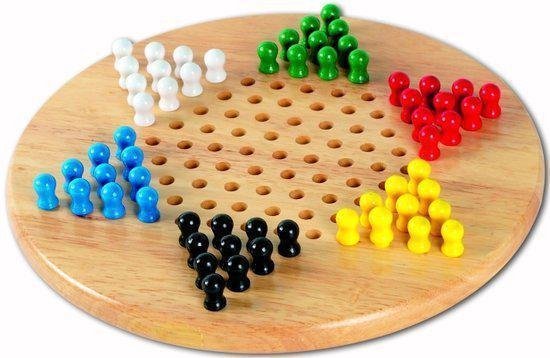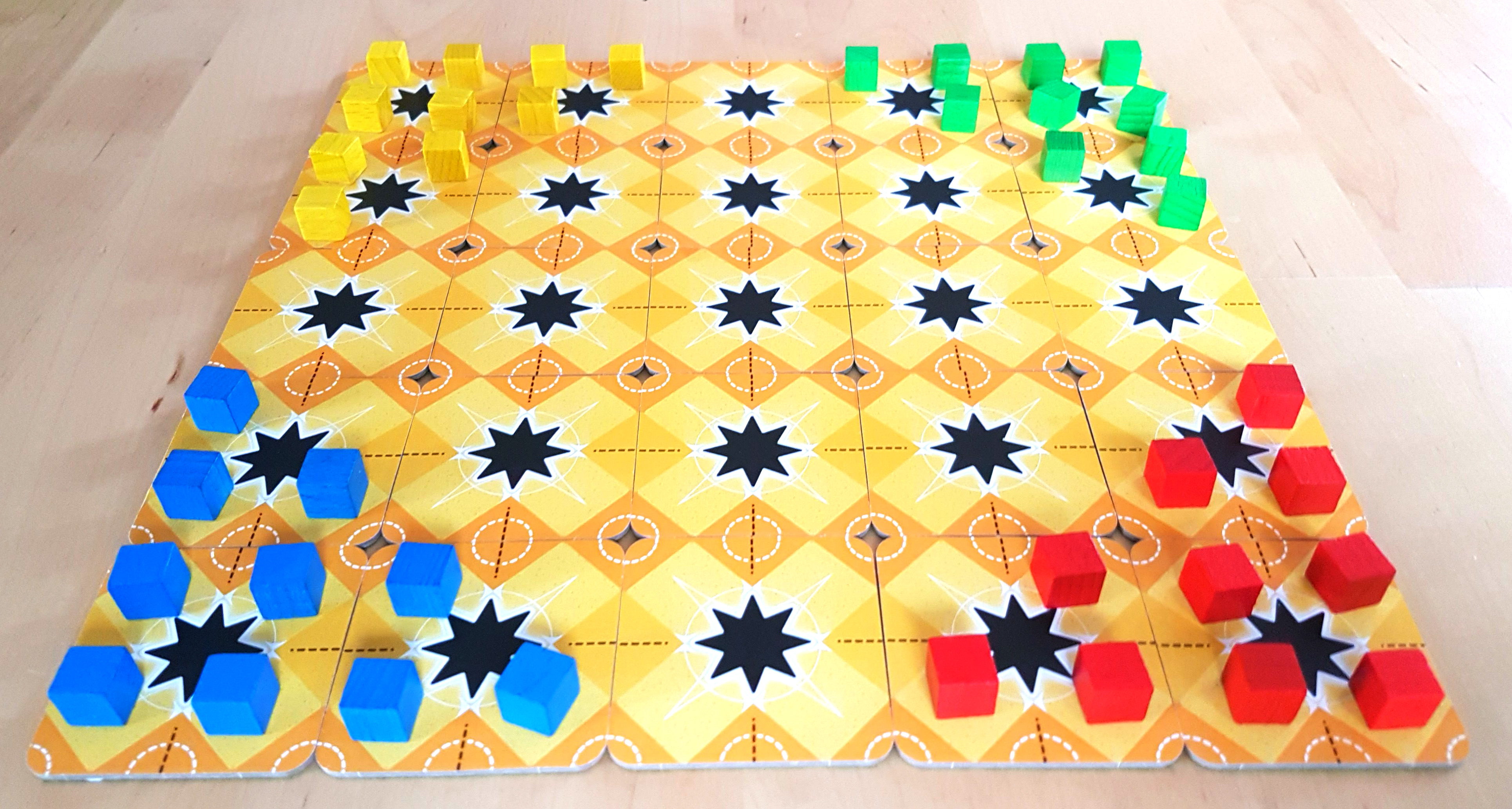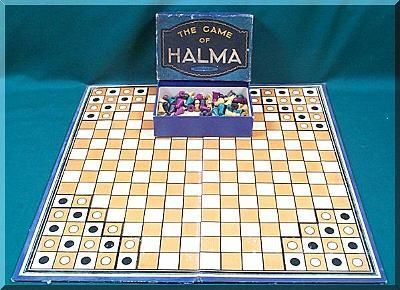

In non-electronic versions, the number of moves is not normally counted.Ī game of Halma has three distinct phases. Fast-advancing players occasionally attempt to blockade an opposing piece, but this tactic can backfire if the other player is aware of it. Some sites implement a rule variation stating that a player automatically loses if they still have a piece in their start region after a certain number of moves (typically 30 for the 8×8 game, 50 for the 10×10 game). Halma set from the 1890s, showing box and pieces There are various online versions, usually for two-player, turn-based play. Halma board for three players, printed by Joseph Scholz Verlag, Mainz (undated) There are also 8×8 and 10×10 board variations, either of which is adequate for two players and they have 10 and 15 pieces per player, respectively, and a version for three players each with fifteen pieces arranged as a six-pointed star. Variations 16 x 16 Halma board from the 1890s The name is misleading, since the game has no historical connection with China, nor is it a checkers game.

Play sequence Valid (green) and invalid (red) moves of a white pawn in Halma The game starts with each player's camp filled by pieces of their own color.Each player has a set of pieces in a distinct color, of the same number as squares in each camp.

Each of the four corners of the board is a camp. For four-player games, each player's camp is a cluster of 13 squares.For two-player games, each player's camp is a cluster of 19 squares.Each player's camp consists of a cluster of adjacent squares in one corner of the board.The board consists of a grid of 16×16 squares.Setup for four players (when played in teams, teammates sit in opposite corners) Simple wooden pawn-style playing pieces, often called "Halma pawns" On each turn, a player either moves a single piece to an adjacent open square, or jumps over one or more pieces in sequence. For four-player games played in teams, the winner is the first team to race both sets of pieces into opposing camps. The game is won by being first to transfer all of one's pieces from one's own camp into the camp in the opposing corner. The game is played by two or four players seated at opposing corners of the board. Piece colors are typically black and white for two-player games, and various colors or other distinction in games for four players. Pieces may be small checkers or counters, or wooden or plastic cones or men resembling small chess pawns. The gameboard is checkered and divided into 16×16 squares.

His inspiration was the English game Hoppity which was devised in 1854. I've been working on a memory card game on javaFX where you click a card and it flips and you click another and it flips if they are the same it stays if the are different they close, I followed this tutorial but I want to to change it from letters to images, the problem is when ever I click a tile an image on a different tile is shown import (from the Greek word ἅλμα meaning "jump") is a strategy board game invented in 1883 or 1884 by George Howard Monks, an American thoracic surgeon at Harvard Medical School.


 0 kommentar(er)
0 kommentar(er)
